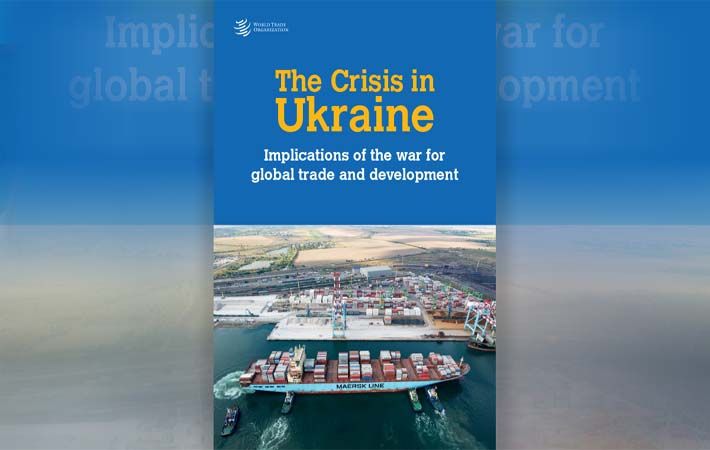War in Ukraine could lower global GDP growth to 3.1-3.7% for 2022: WTO

The Secretariat projects that the crisis could lower global gross domestic product (GDP) growth by 0.7-1.3 percentage points, bringing growth to somewhere between 3.1 per cent and 3.7 per cent for 2022.
“Poorer countries are at high risk from the war, since they tend to spend a larger fraction of their incomes on food compared to richer countries,” it said. “This could impact political stability.”
The model used for the analysis also projects that global trade growth this year could be cut almost in half from the 4.7 per cent the WTO forecasted last October to between 2.4 per cent and 3 per cent.
While the shares of Russia and Ukraine in overall world trade and output are relatively small, they are important suppliers of essential products, notably food and energy. Both countries supplied around 25 per cent of wheat, 15 per cent of barley and 45 per cent of sunflower product exports in 2019. Russia alone accounted for 9.4 per cent of world trade in fuels, including a 20 per cent share in natural gas exports.
Some regions will be more strongly affected by the war than others. Europe, the main destination for both Russian and Ukrainian exports, is likely to experience the brunt of the economic impact. Reduced shipments of grains and other foodstuffs will also boost prices of agricultural goods, with negative consequences for food security in poorer regions, says the WTO Secretariat note.
One of the longer-term risks is that the war could trigger a disintegration of the global economy into separate blocs. Economic sanctions could cause major economies to move toward ‘decoupling’ based on geopolitical considerations, with the goal of achieving greater self-sufficiency in production and trade. Even if no formal blocs emerge, private actors might choose to minimise risk by reorienting supply chains, the note observes.
The Secretariat note warns that the income losses from such a development “would be severe, especially for emerging and developing economies.” At a global level, it could reduce GDP in the long run by about 5 per cent, notably by restricting competition and stifling innovation.
Importantly, the GDP decline could be more severe as the estimate considers only a limited set of the gains from trade that would be foregone, it adds.
Fibre2Fashion News Desk (DS)
































-Ltd..jpg?tr=w-120,h-60,c-at_max,cm-pad_resize,bg-ffffff)





.jpg?tr=w-120,h-60,c-at_max,cm-pad_resize,bg-ffffff)
.jpg?tr=w-120,h-60,c-at_max,cm-pad_resize,bg-ffffff)






